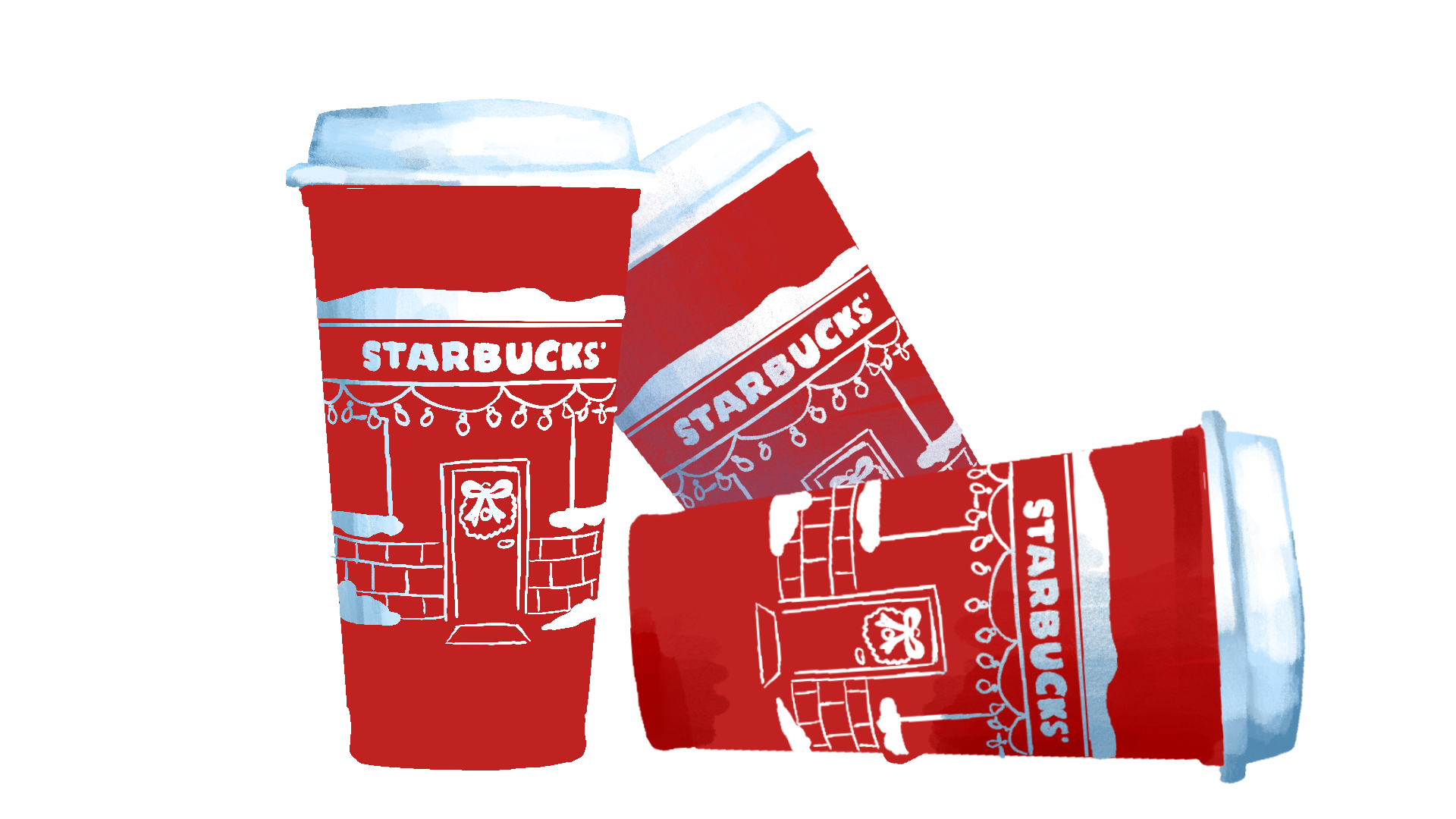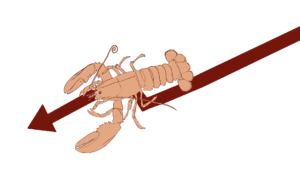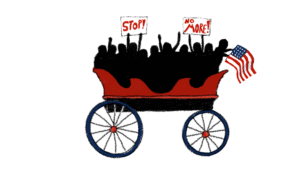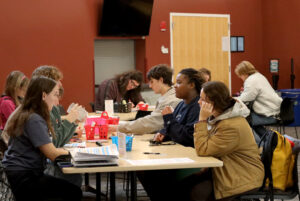OPINION: It can be overwhelming trying to visualize the total amount of waste in the world. For instance, each year, the global consumption of single-use disposable cups ranges from 250 to 300 billion. Additionally, in the U.S. alone, an estimated 36 billion plastic utensils are used annually.
That waste doesn’t always end up in the places we think it does.
The United Nations Environment Programme reports that about 2,000 garbage trucks worth of plastic are dumped into our oceans, lakes and rivers daily. This has dire consequences including strangled sea turtles, a giant garbage patch in the Pacific and microplastics invading food chains as well as our bodies.
Recognizing the global context is crucial, yet it can also induce paralyzing fear for our environment and overall health. Fortunately, when you break it down, the “globe” consists of numerous local communities engaging with one another.
As University of Maine students, we aren’t likely to solve the waste crisis on a global level. Therefore, we should focus on discussing the actions that we can and should take within our own communities.
To keep things simple, let’s focus on two common culprits — disposable cups and plastic utensils. It’s hard to miss the sight of Starbucks cups and black plastic spoons and forks either in people’s hands or in the trash around the Memorial Union.
Upon closer examination, we realize it’s an unhealthy cycle. Students expect the availability of utensils and disposable cups because UMaine provides them, and UMaine only provides them in response to those expectations.
Now I’m aware that we can’t ignore the fact that plastic utensils and disposable cups aren’t the only problem. UMaine also bears responsibility for reducing waste. One way to do this is by encouraging students to use the green to-go containers in the Bear’s Den, rather than prewrapping burritos in aluminum foil or putting ravioli in plastic containers.
The combination of individual and systemic responsibility makes waste reduction complicated enough, but for some reason, it’s also shrouded in myths.
Myth #1: Despite rumors suggesting otherwise, UMaine does indeed recycle. The bins around campus aren’t simply for show. Myth #2: This alone won’t save us and it doesn’t excuse us from changing our habits. The reason for this is that “reduce, reuse, recycle” is not a list of three equally effective solutions, it’s a hierarchy.
Unfortunately, even when all materials in a product are recyclable, it still requires energy, often derived from fossil fuels, to manufacture that item, deliver it to you, transport it to a recycling center and break it down. Recycling is a very expensive process, and as reported on Greenpeace, recycling plastics makes them more toxic.
Reusing is a better option, such as taking a plastic fork from the Bear’s Den home and washing it to use again. However, the problem of creating demand still stands — when you take a fork, that’s one more UMaine will need to purchase to replace. Besides, how many plastic forks and spoons can you really collect and reuse?
The best solution for sustainability is to reduce our consumption by using your own utensils. The same applies to disposable cups, as the Starbucks in the Memorial Union will put your order in your personal tumbler mug.
Waste reduction is complicated with some of the responsibility of it falling on students and food brands that use plastic packaging, but no effort is too small, and we can start with some relatively simple changes to our habits. It’s not just about personal waste reduction, but also about changing our convenience-focused culture to one that’s not at the expense of our environment.
It doesn’t feel good to throw things away. We do it out of habit, following the crowd. What if we changed that? What if a plastic fork or a Starbucks coffee cup became a last resort instead? Consider the positive impact if we all took on the collective responsibility to address and change our wasteful habits. Putting in a little extra effort can help normalize sustainable practices.








